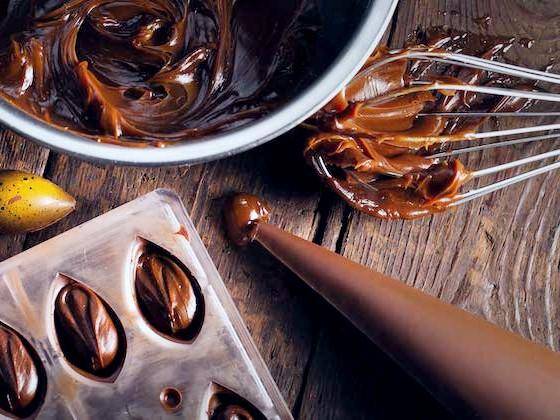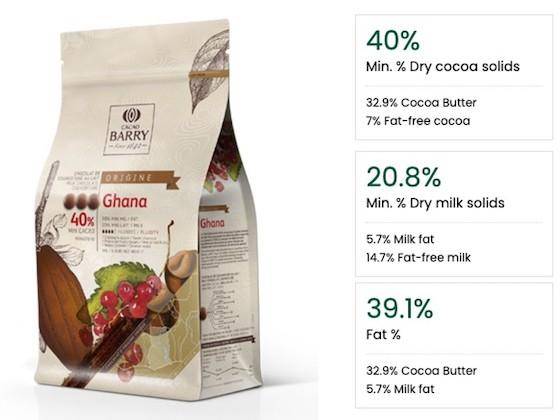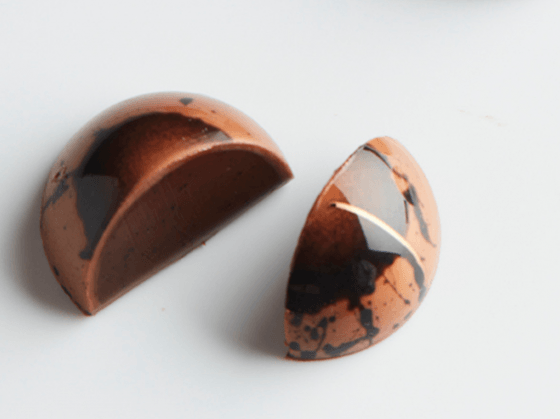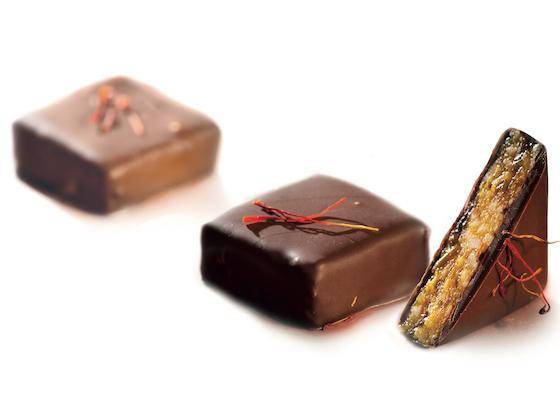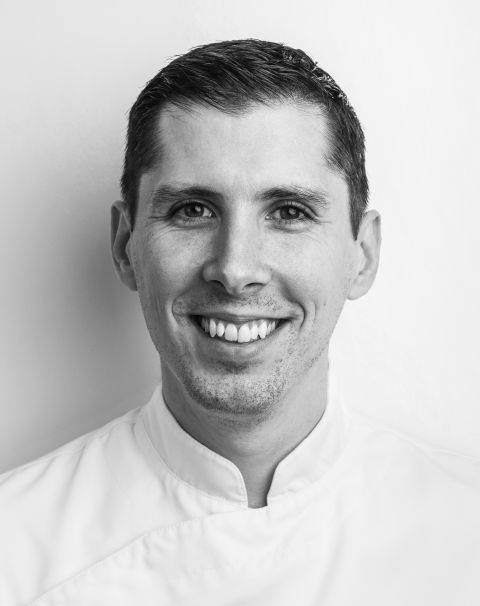Ganache Balancing: Article Collection
Ganache Balancing: Article Collection
We've collected all 7 articles in our Ganache Balancing Series in one convenient spot. Start at the beginning if you're a student or brand-new chocolatier, or jump around according to your interests and experience level.
Still have questions? Chocolate Academy™ Chefs are here to help your business succeed. Just reach out via the contact form.
The first article in our library introduces the concept of ganache balancing.
Our second article asks, Is it necessary to balance your ganache recipes? Why might you want to?
The third article in the series dives into some technical information, examining the difference between pastry ganaches and confectionery ganaches and the difference that ingredient ratios can make.
It would be impossible to cover everything about every ganache ingredient, but our fourth article will get you started. We explore the main ingredients in a ganache and their roles in taste, texture, and shelf life.
An intimidating title for a crucial topic! In the fifth article, you'll take a straightforward look at evaluating your ganache ingredients.
We know you're here for this sixth article! How do you balance a ganache recipe? This article provides a step-by-step look at the process with comprehensive examples.
In this seventh and final article, we answer two of the questions our chefs get asked the most often: How do I improve my recipes? and How do I create my own recipes?
Meet the Chef!
This guide was compiled by
Chef Russ Thayer of Chocolate Academy™ Montreal, who says,
"By understanding the basic principles behind the balancing concept - functional ratios and the impact each ingredient has on a recipe - you will be better able to control and understand the main parameters of your products - sweetness, texture, and preservation.
Of course, it is more complex than simply comparing some ratios. Ingredient interactions are complex, and accounting for external factors can be difficult, but by analyzing these fundamental criteria, we can apply knowledge to drive our decisions in the kitchen."

